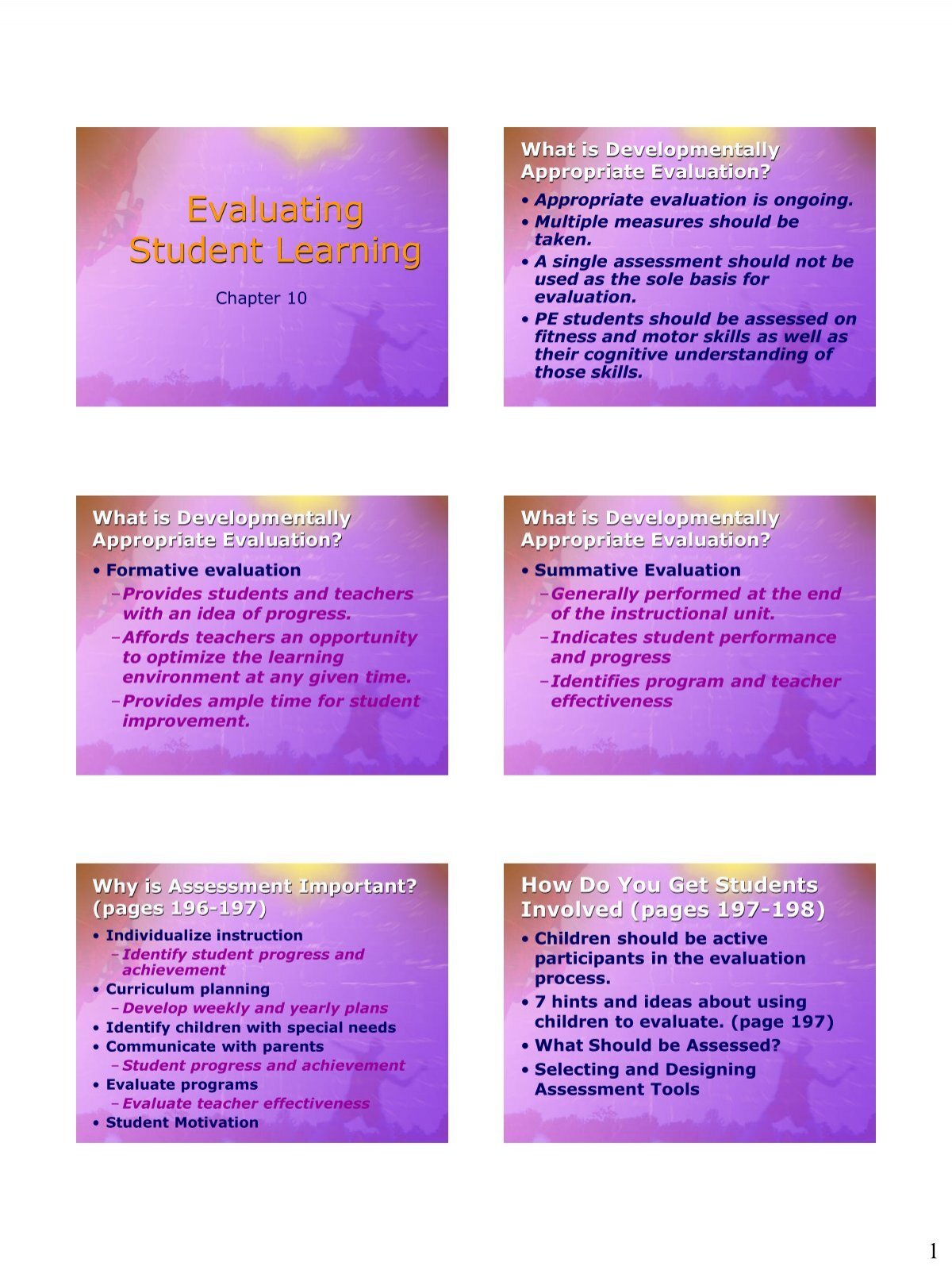
Title: An Illusion of Experience or Reality: Comprehending Time, the Mind, and the Body
Time. We structure our lives around it, lamenting how scarce it feels, and frequently sensing an enslavement to its unseen force. But is time an objective reality, or is much of our interaction with it simply an illusion shaped by cultural, biological, and perceptual factors? This article delves into the intricacies of time—from the mind’s interpretation to the body’s biological rhythms, to the extensive insights derived from psychological studies.
⏳ The Deceptive Nature of Time Perception
Simon and Garfunkel once lyricized, “Time, time, time, see what’s become of me.” Their lyrical reflections capture a fundamental human fascination with the influence of time on our lives. Yet, while our clocks tick away in precise seconds and hours, the human experience of time is profoundly subjective.
We frequently overlook the present moment, lost in thoughts of the past or anticipating the future. This mental travel through time comes with a cost: we disconnect from the ‘now,’ leading to a warped sense of time deprivation. Embracing the present, or practicing mindfulness, aims to ground us in real-time experiences, offering a deeper connection to life.
⏱ Is It Really a Time Shortage? Or a Misconception of Time?
One of the most prevalent explanations for high stress and disconnection is the claim of “not enough time.” However, time is arguably boundless—it’s our perception and management of it that impose limits. The contemporary clock, a product of human creation, governs our lives to the minute. Nevertheless, this instrument is a fabrication—open to manipulation through daylight savings, time zones, and even cultural leniency, as seen in some more relaxed African communities.
The profound truth lies in the fact that we all function on distinct biological cycles of time, and the rigidity of societal frameworks often clashes with these innate rhythms.
🧠 The Body’s Biological Clocks: Diurnal and Circadian Rhythms
1. Diurnal Rhythms: These daily patterns respond to the interplay of light and darkness, influencing hormone levels, digestive activities, and sleep-wake cycles.
2. Circadian Rhythms: These operate roughly on a 24-hour cycle, adjusting to light exposure and behavioral indicators. They govern sleep, hunger, mood, and energy levels through intricate hormonal interactions like cortisol and melatonin secretion.
Both cycles are managed by the hypothalamus and are crucial for physical and mental well-being. Disruptions—such as those caused by shift work or jet lag—can adversely affect mood, metabolism, and cognitive abilities.
⏲ The Evolution of Time With Age
Our individual perception of time transforms as we grow older. Children require more sleep, while adults often sleep less but may experience fragmented sleep patterns—such as waking in the middle of the night for a few hours. Acknowledging these changes and adjusting schedules can enhance productivity and overall health. Regrettably, many of us are confined to rigid schedules that disregard personal biological needs, resulting in fatigue, stress, and burnout.
🕳 The Cave Experiment: Time in Isolation
In 1972, French geologist Michel Siffre conducted a pioneering study on circadian rhythms by isolating himself in a pitch-black cave for 180 days, without any timekeeping devices. His objective was to observe how the mind operates when entirely removed from external time indicators.
In the silent darkness, Siffre relied on his body’s signals of hunger and fatigue. Over time, his internal clock warped significantly. He mistakenly thought only 151 days had gone by when, in reality, 180 had passed, as he unconsciously shifted to a 36-hour waking cycle followed by 12 hours of sleep.
Siffre’s mental well-being declined—he experienced hallucinations, confusion, memory gaps, and mood fluctuations. The absence of external stimuli triggered a cognitive alteration that unveiled how deeply time is both a psychological and physiological construct. His body created its own concept of time, underscoring the resilience as well as the fragility of the human brain without external time regulation.
🧠 Avoid Solely Clock-Based Judgments
Siffre’s findings encourage a reevaluation of strict schedules. Teenagers, for instance, possess longer circadian rhythms and may face difficulties with early school start times—not due to laziness, but because of biological needs. Yet, we often penalize these students instead of accommodating their natural cycles.
Variations in time perception are more than mere oddities—they can carry substantial implications. Individuals who deviate from “clock time” often encounter misunderstandings and mental health issues. Recognizing internal time rhythms as valid could cultivate inclusiveness and significantly enhance well-being across various societal sectors.
🌌 Mindfulness and the Elasticity of Time
When we are entirely present, time may appear to expand. Activities such as meditation or creative pursuits often blur our perception of minutes and hours. This phenomenon illustrates the adaptability of our time awareness.
Retreats or solitary silent experiences—free from digital or social distractions—demonstrate how time can be profoundly transformed through focused presence.